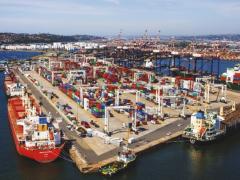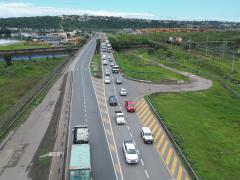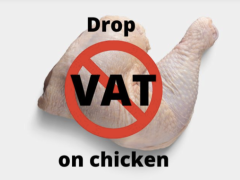Transporters operating in South Africa are advised to familiarise themselves with the legal concept of “the existence of a legitimate expectation” in light of regulation 224(b) of the National Road Traffic Act which came into force on January 2, 2020.
It has been infamously referred to as the “high-cube regulation” because of the height limitation of 4.3 metres it places on cargo transported on South Africa’s roads, and hauliers have been warned that they could risk insurance repudiation in the event of an incident.
That transpired over the weekend at the Road Freight Association’s (RFA) annual convention after attendees were informed that the contentious regulation, held back by successive moratoriums for eight years, had actually become law in the weeks ahead of last year’s Covid-19 outbreak.
However, lockdown regulations and the subsequent dormancy of the task team that was appointed by the Department of Transport (DoT) to re-examine the matter, caused an impasse of sorts, resulting in cargo still being carried at a height of 4.5 metres and higher.
It also didn’t help that a deputy director general (DDG) at the DoT circulated a letter telling industry that it didn’t need to worry about the regulation for now.
On Saturday, RFA executive manager for certification and operations, Kevin van der Merwe, indicated that only a minister had such a mandate – informing industry that a law would not be enforced for the time being.
Moreover, transporters generally agree that the bigger issue is the threat of falling foul of insurance assessing.
Hence Quintus van der Merwe, head of shipping and logistics at law firm Shepstone & Wylie, recommended that freight industry representatives familiarise themselves with “the existence of a legitimate expectation”.
Especially relevant is how the concept was expounded in a 2003 case heard by the Supreme Court of Appeal between Minister of Environmental Affairs and Tourism vs Phambili Fisheries.
The court case, archived through the South African Legal Information Institute (SAFLII), examined the minutiae of the case - and there is one point that stands out: “The law does not protect every expectation but only those which are ‘legitimate’.”
To grasp how legitimacy can be proved or disproved requires closer scrutiny of the Supreme Court’s summary of “the existence of a legitimate expectation”:
(a) the representation underlying the expectation must be clear, unambiguous and devoid of relevant qualification;
(b) the expectation must be reasonable;
(c) the representation must have been induced by the decision maker; and
(d) the representation must be one which it was competent and lawful for the decision maker to make without which the reliance cannot be legitimate.
- Read the full court transcript on SAFLII’s website here: http://www.saflii.org/za/cases/ZASCA/2003/46.html













